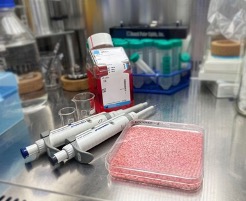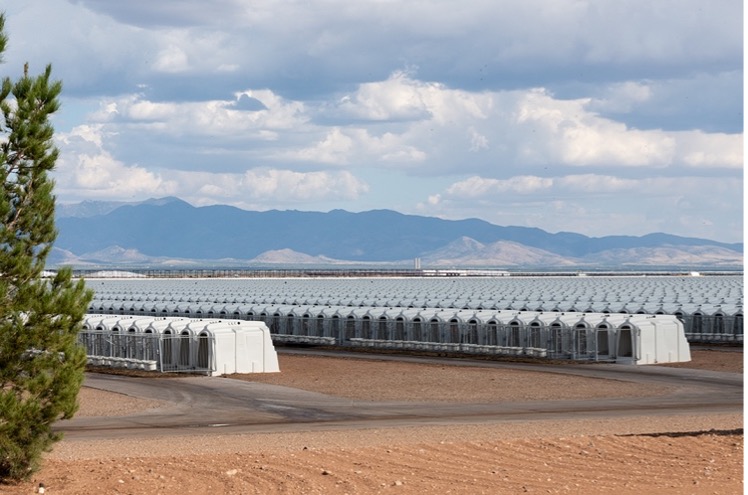Scientists Develop Meat-Rice but Is It Better Than Regular Rice?
Korean scientists develop beef-covered rice to address concerns with industrial farming.
Highlights:
- A slightly more nutritious rice made with cow protein and fat serves as a launching pad for developing inexpensive lab-grown foods that are nutritious and pleasant to the public.
- Optimizing the production of lab-grown food could provide an alternative to factory farming, a system that necessitates affliction to animals and decimates the environment.
As published in Matter, researchers from Yonsei University in South Korea have developed rice grains wrapped in muscle and fat cells that can be cooked and consumed like normal rice. A 100-gram serving of this hybrid meat-rice has 7% more fat and 9% more protein than rice bare of cow cells. However, the researchers note,
“Based on understanding these results, more nutritious rice grains could be developed.”

(Park et al., 2024 | Matter) Nutrition Facts for Bare vs Hybrid Rice. The pink color comes from a pH indicator called phenol red, used during the cell culturing process.
The grains were first coated with edible gelatin derived from fish, allowing the cells to stick to the uncooked rice. Since beef is composed mainly of muscle and fat, the researchers cultured the rice grains with muscle and fat cells from cows for about a week, letting the cells grow. The resulting hybrid rice was washed and steamed like normal rice and tried by one of the researchers.
“It was definitely different from regular rice,” said Sohyeon Park, “It was more nutty and harder.”
Foods of the Future

In 2022, over 10 billion animals were farmed for food in the United States, releasing nearly 1 trillion pounds of manure — twice as much sewage produced by humans that year. The majority of these animals were raised on one of America’s 24 thousand factory farms, which have been steadily rising in number for the past 35 years.
Factory farms consume fossil fuel, water, and topsoil at unsustainable rates. They pollute the water and air while destroying surrounding ecosystems, not to mention the necessitation of animal cruelty. Because thousands of animals are housed on these farms, the animals are confined to tiny spaces. Instead of grass and insects, the animals are fed inexpensive grains. To compensate for living in their own waste and eating an unhealthy diet, the animals are given antibiotics to prevent bacteria-born illness.

Considering the biotechnological advancements of the past few decades, a new system of food production that does not involve animal affliction and environmental degradation could replace factory farming and industrial agricultural practices. New methods of producing food may also continue to address food insecurities suffered by individuals in many regions of the world. However, lab-grown meat production has met challenges such as high costs and lack of scalability.
Still, meat-rice may solve some of the problems faced by larger portions of factory farm-free meat such as costs. It is estimated that consumers will pay $2.23 per kilogram of meat-rice, a few cents more than the cost of normal rice at $2.20 per kilogram. Animal biotechnologist Dr. Jon Oatley says,
“Finding alternative protein sources or making conventional livestock production more efficient is critical… It’s probably one of the most important things facing the future of the human race… If production can be scaled up and kept affordable, the hybrid rice could be a cheaper, more efficient source of nutrition than large pieces of lab-grown meat, such as patties or steaks.”
